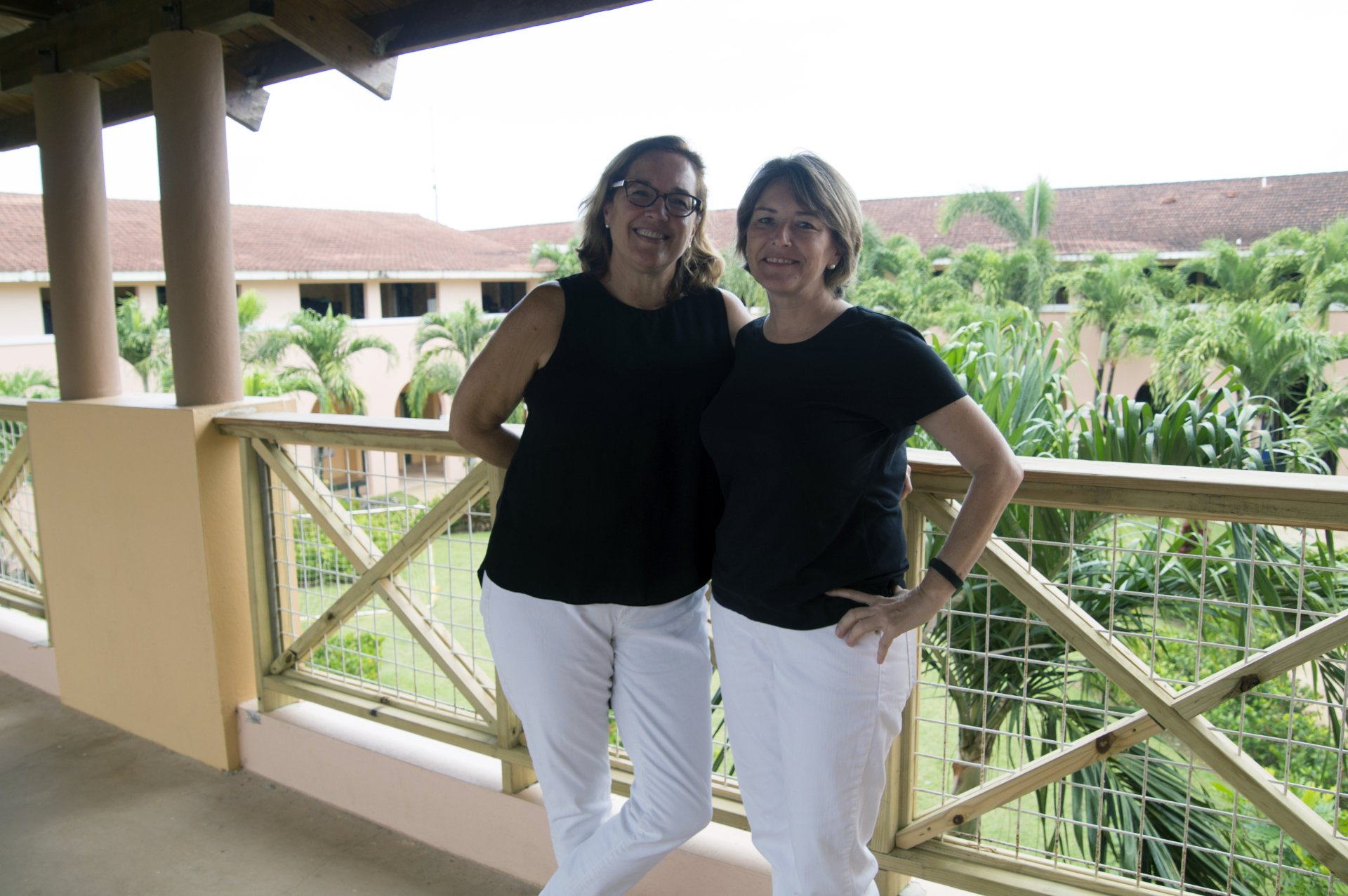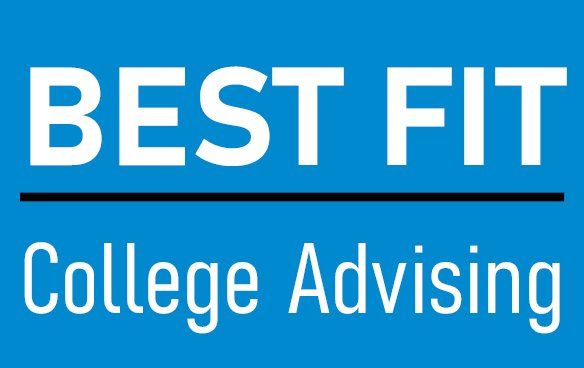Applying to a college in the States differs from applying to one in Puerto Rico. To begin with, the very words that define what you are applying to are different. On the island, you earn a four-year Bachelor’s degree from an universidad, while a colegio offers a high school diploma. Four-year degree-conferring institutions on the island almost uniformly have universidad or “university” in their name while “college” is more likely to appear in the name of a two-year junior college or technical institution.
In the States, “university” generally applies to a larger institution, typically a research institution that also serves graduate students. However, that is not a rule and there are exceptions. For example, Harvard is actually Harvard College for undergraduates, not Harvard University. Similarly, while a “college” tends to be a smaller liberal arts institution that does not offer graduate studies, there are plenty of exceptions such as the College of William & Mary which is known for its extensive graduate offerings. In the US, “college” and “university” tend to be interchangeable terms, and I favor “college” in this book.
Applying to college on the island may be equally stressful as on the mainland when you feel your future is at stake, but it is infinitely less complicated. The student uses his or her grade point average (GPA) and Spanish Verbal and Math scores from the PAA, known locally as the “College Boards,” to obtain the IGS score, although a couple of schools also use the English score. A fairly recent addition is that you can substitute the SAT for the PAA in computing the IGS. That number determines to which University of Puerto Rico campuses the student can apply, in which majors. Punto. Other schools either use the IGS or use only the GPA. That’s it.
While some of the larger mainland state schools may be more numbers-oriented, for the majority of the selective, highly-selective and ultra-selective colleges, statistics are only one part of a very large admissions picture. Admissions deans and college representatives increasingly tout their “holistic” approach to college admissions, meaning that they evaluate multiple elements of a student’s high school record—his or her “whole” four-year high school record of grades, standardized testing, academic rigor, leadership, extracurricular activities, community service, essays, recommendation letters and other academic and personal qualities.
This means that applying to a US college in some ways begins in the 9th grade as a student chooses more or less rigorous classes, tries out for sports teams or sits on the sidelines, runs for elected positions or simply follows the crowd. Just staying home and studying can lead to a one-dimensional student while colleges are looking for academic strength but also multi-faceted people who are passionate about other topics that they will pursue during their four years on campus. Colleges are looking to build classes that have athletes and writers, musicians, artists, debaters, chefs, snorkelers…you name it! Diversity is what makes a class strong and a candidate interesting.
Some people fear that if they are not a top scholar, classical musician, NCAA-level athlete AND related to Mother Teresa they will never get into college, but that is not the point of holistic admissions. Colleges wish to have complete and balanced classes with all of those elements, but they do not expect every student to provide every component. You do want to spread your wings and show that you are a multi-talented person with varied interests, and you want to make sure that your application and especially your essays show what you will offer to your college class, but you do not have to check every single box yourself.
A summary of the steps for finding your best-fit college on the mainland:
- Do as well as you can in a rigorous course of study throughout high school.
- Pursue several activities in depth throughout high school, demonstrating mastery and leadership.
- Get involved in your community however you define “community.”
- Strategize your standardized testing.
- Compile a balanced list of Reach, Target and Likely colleges.
- Develop solid applications with compelling essays that present what you offer to colleges
Find your fit!
Other recent posts you might also like:





